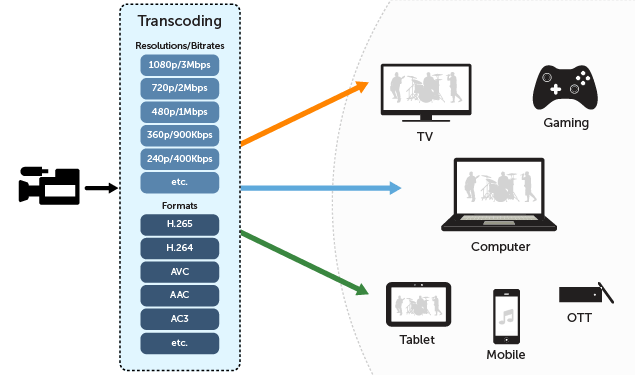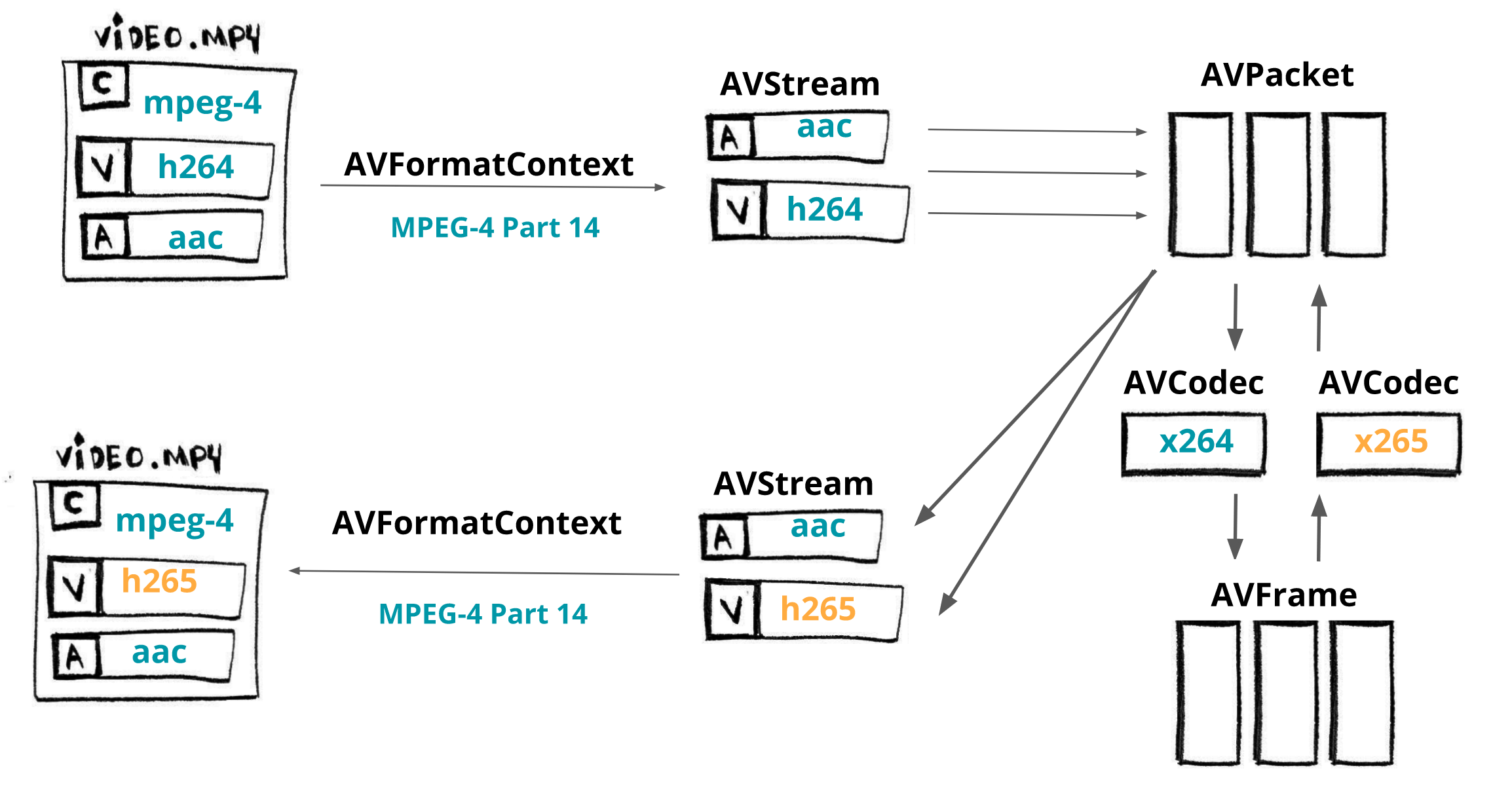

The classification was easy, as the videos were all encapsulated in a specific protocol, allowing instantiation and enforcement of rules in pretty straightforward manner. Until 2008 or so, most video streaming was relying on specialized protocols such as RTSP. The premise, here is that if you can recognize, classify, tag traffic accurately, then you can apply rules governing the delivery of this traffic, ranging from interdiction to authorization, with many variants of shaping in between.ĭPI falls short in many cases when it comes to video streaming.

This classification engine is sufficient for most traffic type inspection, from web browsing to email, from VoIP to video conferencing or peer-to-peer sharing. It snoops through data traffic and classifies each packet based on port, protocol, interface, origin, destination, etc… The more sophisticated engines go beyond layer 3 and are able to recognize classes of traffic using headers. Ubiquitous in enterprises and telco networks, they are the jack-of-all-trade of traffic management, allowing such a diverse set of use cases as policy enforcement, adult content filtering, lawful interception, QoS management, peer-to-peer throttling or interdiction, etc…ĭPIs rely first on a robust classification engine.

Why is DPI insufficient when it comes to video policy enforcement?ĭeep packet inspection platforms have evolved from a static rules-based filtering engine to a sophisticated enforcement point allowing packet and protocol classification, prioritization and shaping. That's the only theory I'm having right now.As we are still contemplating the impact of last week’s US ruling on net neutrality, I thought I would attempt today to settle a question I often get in my workshops.

What could happen then, is that the only the calculated ahead buffer remains constant while the effective buffer is decreasing to zero length, which would mean that the server keeps throttling active because it thinks that the buffer is large enough while the actual playback position hits the end of the buffer.įor those reasons I said that users should watch all those values and also compare the timing values shown in the clients with those that are displayed on the server dashboard. If there's a (slight) deviation between the playback position reported by the client and the position that ffmpeg is reporting, and that deviation is growing over time, this could lead to the symptoms reported here and elsewhere. System temperatures looks fine: Edited Januby Shidapuīut probably I hadn't explained it well enough.įrom the symptoms it looks like this could be caused by an incorrect calculation of playback time and position. The clients range from all sorts of systems, AppleTV, AndroidTV, Chromecast, Web, Local, Phones.
#Transcoding throttled movie#
The user said that the movie frooze for a second, and then started back up again, did this about 2-3 times.Īnd i guess you want logs, i hope this is the right one. When i was watching from the dashboard, i noticed the fps go from 140 down to 32, while throttling. I use Hardware acceleration, and it looks like this:Īnd the movie that was playing at that time of the happening: You can see all details on the dashoard where the green bar is showing the playback position for a user session and the orange bar shows the range of the video that has been transcoded.Īlso there are some figures showing the amount of time that the transoder is ahead of the playback position.įrom there you might be able to see what's - Independent of the actual problem here: we should make this more configurable: a: length of the ahead buffer - b: throttling strength Which clients are used? Always the same of different ones?


 0 kommentar(er)
0 kommentar(er)
